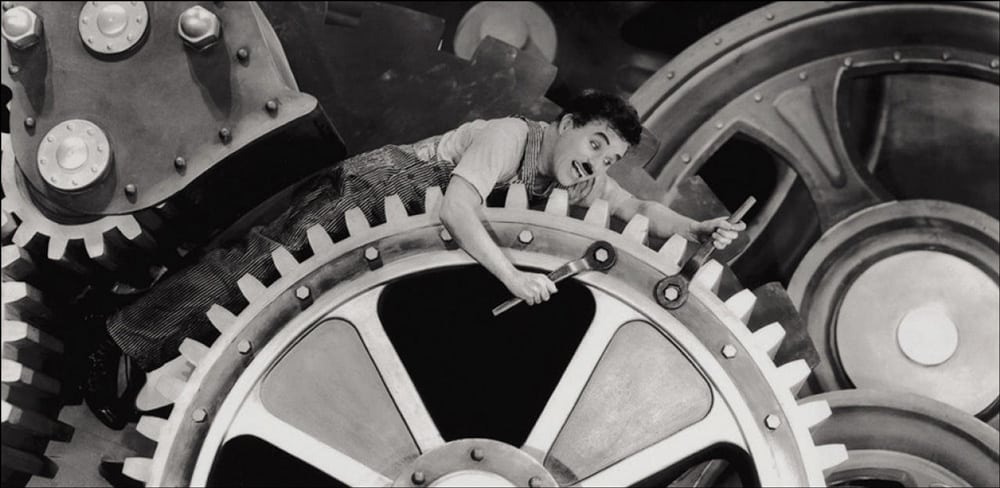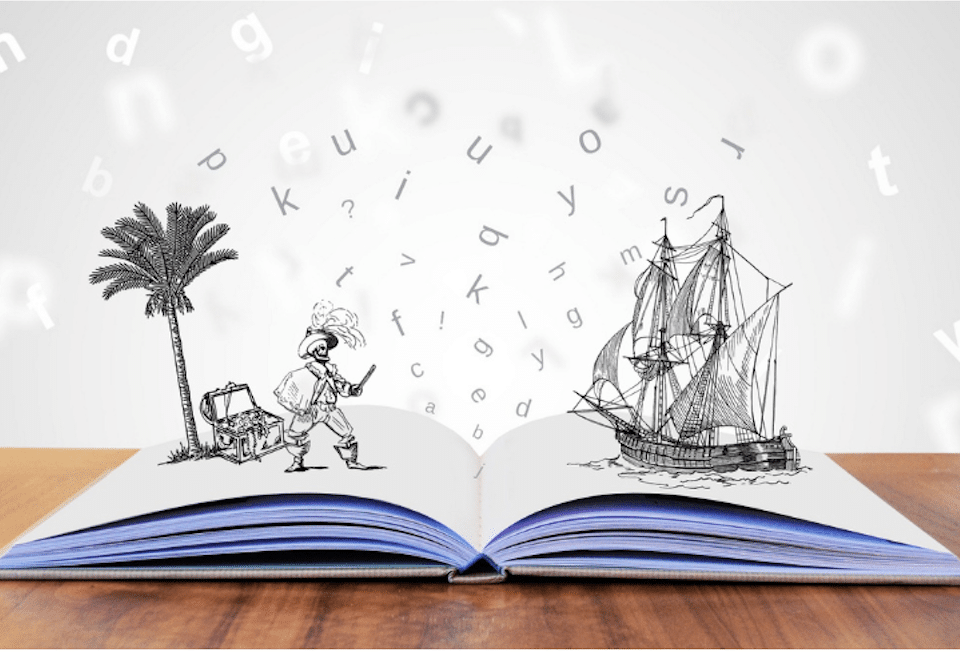
From mind to heart: managing emotions
26 February 2019
The benefits of emotional intelligence: knowing and managing new skills
6 March 2019The practice of coaching in the age of stress

“PSYCHOLOGY OF EMOTIONS” column by Massimo Berlingozzi and Diego Ingrassia – “The practice of coaching in the age of stress”
for PSICOLOGIA CONTEMPORANEA – Stress – no. 269, September-October 2018 – GIUNTI EDITORE
In 1936, Hans Selye, a young Austrian physician, was conducting some experiments in his laboratory in Montréal during which he had to inject mice with liquids of a different nature.
His observations of the physiological reactions of the animals led him, quite independently of the original purpose of the research, to develop a theory called the ‘general adaptation syndrome’.
When he decided to define, synthetically, all these phenomena with a term hitherto used in the study of metals – ‘stress’ – he could never have imagined that he had coined a concept that within a few years would become the emblem of an era.
An era masterfully represented by a film that was released in cinemas in that same 1936, Modern Times, in which the genius of Charlie Chaplin portrayed a Tramp incapable of resisting the rhythms of the machine in the assembly line, to the point of being sucked into its gears.
Selye’s studies had a great resonance within a few years; the importance of his work lies in having brought research attention to the adaptive response of an organism subjected to the influence of external factors.
Interesting, from this point of view, is the definition that Lazarus and Folkman (1984) give of ‘stress’: ‘Stress is a transaction between the person and the environment, in which the situation is assessed by the individual as exceeding his resources and endangering his well-being’.
Today’s working conditions are very different from Chaplin’s cinematic portrayal in Modern Times; regulations on workers’ health and safety, at least in the more advanced countries, have definitely improved the situation.
Work still remains the most important source of stress, but the causes have shifted from a malaise mainly determined by physical wear and tear to that generated by accumulated tensions in social relationships.
It is important to add, however, that it is not possible to establish an objective criterion for assessing the ‘stressful’ potential of a certain environmental stimulus.
The emphasis placed in this direction in the work of Lazarus and Folkman, on the subjective evaluation of the individual, is in full agreement with the pioneering insights of Selye, who explained: ‘Thus, it can certainly be said that stress does not depend so much on what we do or what happens to us, as on the way we interpret it’.
And it is precisely on this statement that it is necessary to dwell, since in it one can identify both the origin of the problem and possible solutions.
The concept of stress, in fact, is so ingrained with the habits and rhythms of our time that it seems completely normal to us, and this apparent normality puts us in the condition of the fish that does not question the water in which it swims.
COACHING: ZOOMING IN ON THE PRESENT
It is from these considerations that the notions of eustress (positive stress) and distress (negative stress) take on their precise meaning.
It is not difficult to see that extremely physically and mentally demanding activities, such as certain so-called extreme sports, but more simply also many attractions in popular adventure parks are freely chosen as forms of recreation and entertainment.
Whereas infinitely less burdensome tasks required by normal work activities can lead to such forms of discomfort that they require the intervention of a specialist.
At this point, it is easier to understand that the condition of eustress is determined by the awareness of being perfectly capable of governing the situation while maintaining lucidity and balance.
This type of response produces gratification and improves self-esteem. The factors that cause distress, on the other hand, are generated by being forced to endure a situation perceived as negative, by not being able to organise an effective response, and by thinking that there is nothing one can do to escape from such discomfort.
This situation causes physical and mental exhaustion, a sense of frustration and a progressively increasing state of malaise.
The ability to deal effectively with potentially stressful situations is therefore closely linked to the ability to produce effective coping strategies.
These strategies, defined as ‘coping’, include the set of actions, both cognitive and behavioural, intentionally implemented by the subject in order to cope with the negative impact of the stressful event.
Response strategies that represent the result of a long elaboration of personal experience, and therefore intimately linked to the individual characteristics of the subject.
This is a very important consideration when we are called upon to address this issue within a coaching relationship.
As is well known, coaching is a practice that starts from a careful analysis of the present situation, makes the desired goal clear and, through work on the coachee’s level of awareness and empowerment, aims at getting as close as possible to achieving the desired situation.
It is therefore a matter of mobilising the person’s resources to reach the goal effectively: a project that concerns the client’s personal or professional sphere in a logic of projection towards the future, intentionally disregarding the retrospective gaze.
Today’s world of work is characterised by increasing levels of complexity and uncertainty, and our clients increasingly report situations in which a well-established behaviour, considered as a strength within specific contexts, is transformed into the cause of numerous problems in a very short space of time.
In situations with a high stress index, often increased by the sense of loneliness that managers feel within the relationship dynamics in which they are involved.
It is natural to understand how difficult it is to accept this situation and how important it is to deal with it with the utmost care and attention.
The more the levels of complexity and responsibility in a professional activity increase, the less one can limit oneself to depend on technical expertise alone.
The evolution of processes within organisations and the continuous change of contexts and relationship dynamics generate situations of discomfort and fatigue that are perceived as severely limiting one’s capacity for action and expression.
Strong relational skills and a good command of one’s own emotional sphere are therefore necessary, or rather indispensable.
Some research has highlighted how failures and failures can be explained by so-called ‘derailing factors’: individual blocks and personal limits that almost always arise from a lack of awareness of one’s own emotional dynamics and their consequences.
These limiting factors manifest themselves in difficulties in having positive relationships, in a lack of ability to manage emotions such as anger, fear or contempt for what is perceived as different or distant from oneself.
Or through blockages related to the decision-making process or discomforts related to the tiring and difficult relationship with power both acted upon and suffered.
Situations in which appropriate coaching can be the effective solution.
With regard to stress management, coaching can provide valuable help in gaining a clearer understanding of the nature of the problem: in some cases it increases the level of awareness with regard to the specific emotional involvement, in others it can identify a set of activities aimed at reducing the tension generated by negative stress.
In this respect, it may be useful to briefly describe the main coping strategies.
COPING STRATEGIES
PROBLEM-FOCUSED COPING. These are strategies that aim to solve or change the situation perceived as threatening.
Within the framework of these solutions, cognitive input is decisive, within a succession of stages that can be summarised as follows: careful analysis of the situation; identification of the triggering causes; evaluation of alternatives or possible solutions; application of the identified solutions.
EMOTION-CENTRED COPING. Decisive in these solutions is the contribution of emotional intelligence aimed at achieving a new equilibrium.
The first step is to identify and describe the behaviours we use to defend ourselves.
Next, it is important to understand the level of our emotional involvement and to develop an awareness of the nature of our emotional reactions, which can be effective or dysfunctional.
COPING CENTRED ON RESTRUCTURING THE PROBLEM. Since stress, as we have already seen, depends not so much on what happens, but on how we interpret the situation, problem restructuring consists of becoming able to attribute a different meaning to the situation that causes us discomfort.
Restructuring is a rather refined and effective technique that requires awareness and a high degree of mental flexibility, and is obviously easier to achieve with external help.
ACTIVITY-CENTRED COPING. In some cases, solutions aimed at reducing the tension generated by negative stress through the practice of certain sports activities, specific exercises, or relaxation techniques may prove effective.
Mindfulness, an Eastern-derived meditative practice adapted by Jon Kabat-Zinn, a professor of medicine at the School of Medicine of the University of Massachusetts, who in the early 1980s developed a protocol – Mindfulness Based Stress Reduction (MBSR) – to introduce the practice of meditation in clinical contexts, has been gaining ground for some years.
With regard to active stress management, another concept borrowed from the study of materials has emerged in recent years: ‘resilience’. Some identify the origins of this word in the Latin term ‘resalio’, which indicated the act of climbing back into a boat capsized by the force of the sea.
There is a phrase by Ernest Hemingway that represents this concept well: ‘Life breaks us all, but only some become stronger in the places where they are broken’.
In a more prosaic way, we can say that the resilient person is particularly capable of implementing effective coping strategies, never lets himself be overwhelmed by events, faces adversity with motivation and confidence, convinced that he can find a solution.
Finally, it is useful to remember that there is no one coping strategy that is better than another; coaching experience teaches us that it is the interaction between several strategies that can provide the best results.
The decisive aspect is therefore flexibility, the dynamic ability to change when necessary and to learn from new experiences – and above all: a positive attitude and confidence in one’s own possibilities that leads to action, to feel like a protagonist and not a passive subject at the mercy of events.



